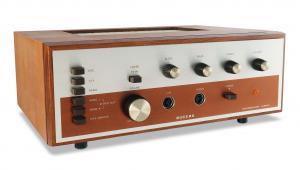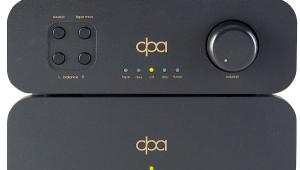Kenwood DP-1100SG CD Player
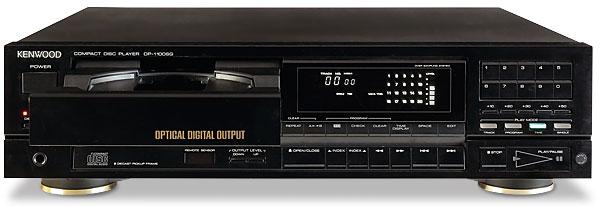
 This late-'80s flagship CD player boasted no shortage of metal for your money while offering 4x oversampling to boot. But with few to be found, is it worth tracking down?
This late-'80s flagship CD player boasted no shortage of metal for your money while offering 4x oversampling to boot. But with few to be found, is it worth tracking down?
The law of diminishing returns was perhaps never more evident than when the CD player arrived in the early '80s. As more machines came to market in the years that followed, all but the crudest would offer a level of perfection unthinkable to the majority of audiophiles in the 1970s.
Yet this didn't prevent many major manufacturers producing sophisticated players as flagship models. Always big, always feature rich and always desirable, they demonstrated what could be achieved when financial constraints were removed. The Kenwood DP-1100SG was just such a player. Released in 1988, it was 12kg of precision-built machinery aimed at the fortunate buyer who could afford the best.

Dress Rehearsal
The company had always offered big players, beginning with the L-03DP in 1983. This was a remarkable model in many ways, not least because it offered 8kB of track programming memory, something the typical owner probably never used but which was an impressive technical achievement nevertheless.
Behind the scenes, the L-03DP was essentially a dressed-up Toshiba XR-Z90. In fact, many Kenwood models employed Toshiba internals for the first few years of the CD format. This included the original DP-1100B and DP-1100II of 1984, both of which were based on the Toshiba XR-Z70. The next '1100 model arrived in 1986, the DP-1100D. This was an original Kenwood design and considerably larger than its predecessor, despite the fact that advancing technology had made it possible to make quality players that were smaller than earlier models.
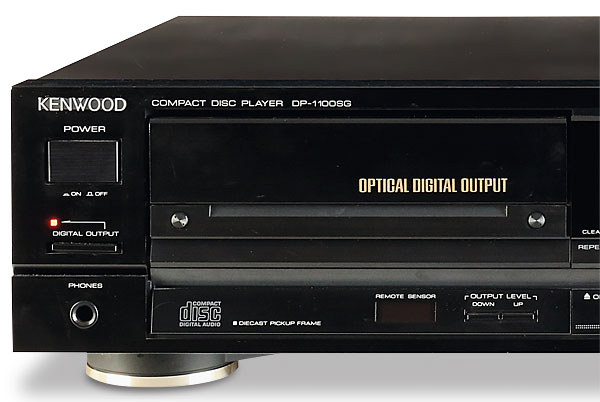
A key feature of the DP-1100D was its digital output, which enabled the easy connection of a whole variety of products said to be around the corner. The fully digital amplifier was apparently just over the horizon, although all the industry could produce were conventional analogue designs with the DAC circuits from CD players transplanted into them. Digital tape recorders were also imminent, but when they did arrive – in the form of Sony's DAT (Digital Audio Tape) format – pressure from the recording industry had reduced the utility of direct digital connections with various copyright protecting measures. Still, if you were buying a top CD player in 1986 it needed to have a digital output, so the DP-1100D was future-ready.
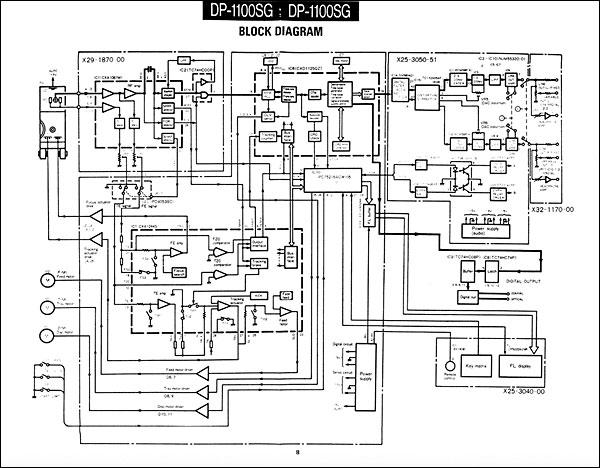
Power Of Two
A further improvement to be found in the DP-1100D was a digital filter with 2x oversampling. It took a while for the big Japanese manufacturers to embrace oversampling, but Philips had employed it from the outset and had clearly demonstrated its advantages. Oversampling helped disguise the shortcomings of the DP-1100D's single time-shared DAC, which alternated between the two channels to give a stereo output. A theoretical phase error of 45° at 20kHz was still the unavoidable consequence, however – not obvious, but it couldn't be said to be 'state of the art'.
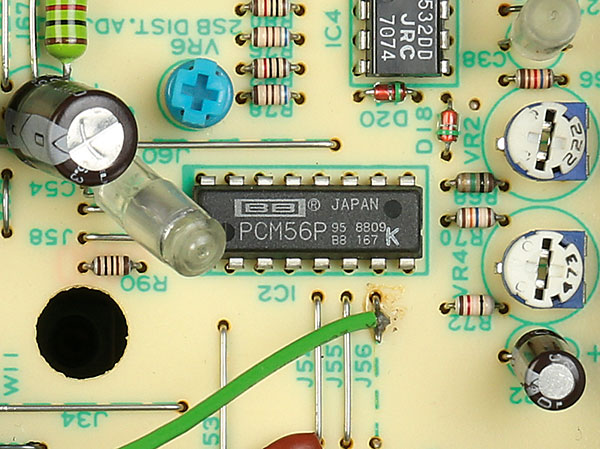
This problem was addressed by the DP-1100SG seen here. Although outwardly similar to the DP-1100D, it was completely new inside. Extra parts and more solid construction added 5kg to the model's weight, but Kenwood did at last have a player that could truly be regarded as 'high-end'. Inside, a new DAC circuit was used with dual Burr-Brown PCM56P converters. This was followed by an unusually sophisticated analogue filter and amplifier section with completely separate components for each channel.
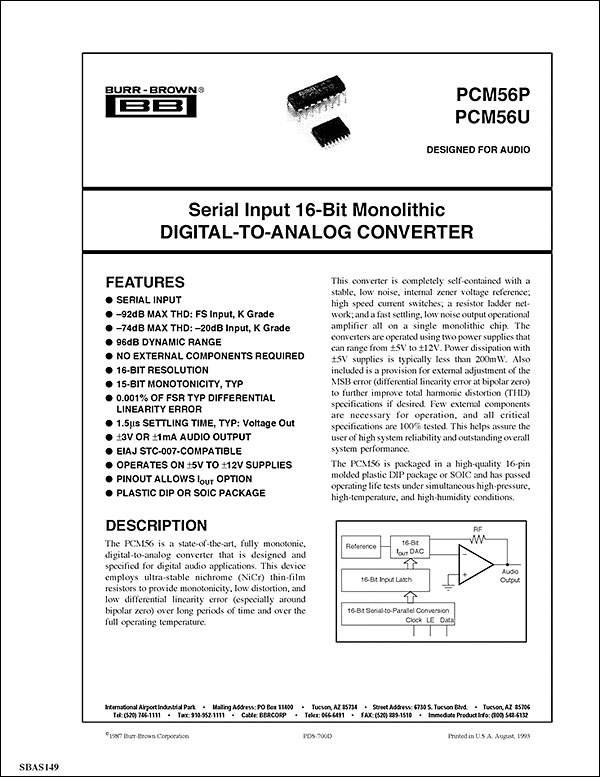
This assembly was mounted on its own printed circuit, with its own power supply and dedicated mains transformer. It was effectively an external DAC assembled into the same case as the rest of the player. The digital filter was retained, but now operated with 4x oversampling. The combination of all these parts brought the DP-1100SG up to the top specification of the era.
Button Up
The player's high-quality construction was evident in other areas too. For example, a die-cast base was used for the optical unit, resiliently mounted on a further die-cast chassis. Isolation was also provided by damping material inside the top cover and the use of feet on hinged and sprung arms at the bottom of the player. These feet are intriguing in that there is more engineering in their makeup than is usual for such a lowly part, but aside from allowing the player to level itself on uneven surfaces it is hard to see exactly what they are for. They do bottom out immediately if you place something else on top of the DP-1100SG, so it really does need its own shelf in a rack.
The player is pleasingly large to behold and certainly feels solid. It isn't pretty or self-consciously stylish in the manner of some machines, but it looks good all the same. The silky black anodised alloy fascia is peppered with keys, there seeming to be a button for everything. As well as the usual facilities, these include the option to switch the digital outputs on and off, an electronic level control for the variable output and the headphone socket, A-B repeat and the ability to enter track numbers directly for selection and programming.
Protective Gear
Keys are provided for the 'units' (0-9) as well as 'tens', the maximum value being 50. Whether there are many discs containing 59 tracks that one would like to access directly is another matter, but the option is there if needed. Among all this, the everyday functions (open/close, play and stop) have been made sensibly large so minor functions can easily be ignored. Despite the care taken over the design of the built-in DAC, the DP-1100SG still had a digital output, though the coaxial connection had been augmented with an optical connection. Other connections are standard, of course, so this player should work with just about any amplifier.
The variable level control is operated by up and down keys and has its own bargraph display on the main panel, but it works using a motorised potentiometer hidden inside. The quiet grinding noises that the motor and its gearing make are at odds with the sheer slickness and near silence with which every other function of the machine operates, but at the time it would have been an optimum solution when it came to maintaining signal purity.














